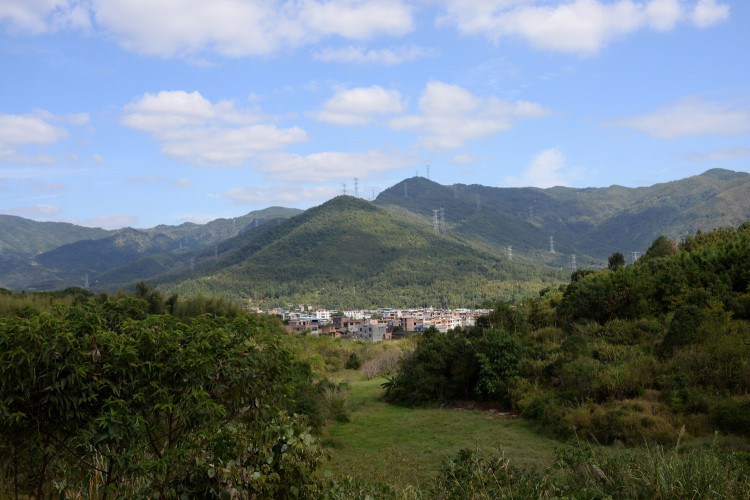More residents in Tibet have started preparing for better Sonam Losar New Year celebrations as they experienced Beijing's poverty alleviation programs that helped them have extra money for the upcoming festivities.
According to China Daily, there were 19 towns in the Tibet autonomous region that were lifted from poverty last year. Most Tibetans, before they were lifted out of poverty, suffered cold nights and hunger.
For Lhakpa Butri, whose family was among the last removed from Tibet's poverty list, this year's holiday celebrations will be memorable. For the first time Lhakpa purchased beer, snacks, three sheep, and a cow's leg for the Losar New Year.
Furthermore, Lhakpa and her family will celebrate the holidays inside a more comfortable house as part of Shaitonmon County's relocation project for those who were lifted from poverty.
As for the village of Shigatse, more people are purchasing cheese, dried barley sheaths, butter, sheep skulls with metal plates, and other items usually part of the Tibetan New Year celebrations.
For Tibetan farmers, meat is the best type of food that they will offer for guests visiting throughout the two-week holiday season. Due to the Chinese government's poverty alleviation program, more people in Tibet are able to purchase meat products.
Clothing is also another top item in the list of Tibetans shopping for the holidays. For residents working under government-supported poverty alleviation companies, the monthly salary is 3,500 yuan, which is a reasonable amount for people in the autonomous region.
Those who also work under enterprises that protect the environment receive an additional 3,500 annually for their contributions towards a more eco-friendly Tibet.
Earlier this month, Chines officials met during the 11th Chinese People's Political Consultative Conference (CPPCC) wherein Tibet was among the top subjects during the summit.
According to the Global Times, officials agreed that poverty relief and economic advancement should be the main focus of local governments this year, especially after improvements that were felt by Tibetan families through poverty alleviation initiatives.
The government is working to achieve full victory in its anti-poverty efforts this year, with poverty rates going down not just in Tibet but also in Xinjiang, another region of focus for government poverty alleviation programs.
For Xinjiang, there are 165,000 remaining people who are expected to be removed from the region's poverty list in 2020. Additional funding is expected to be rolled out throughout the year to ensure that absolute poverty is eradicated in the region.
As for Tibet, many residents are still relying on ethnic cultures blended with modern practices such as hand weaving. The said industry has opened job opportunities for those who want to retain traditional working environments while using more modern techniques.






